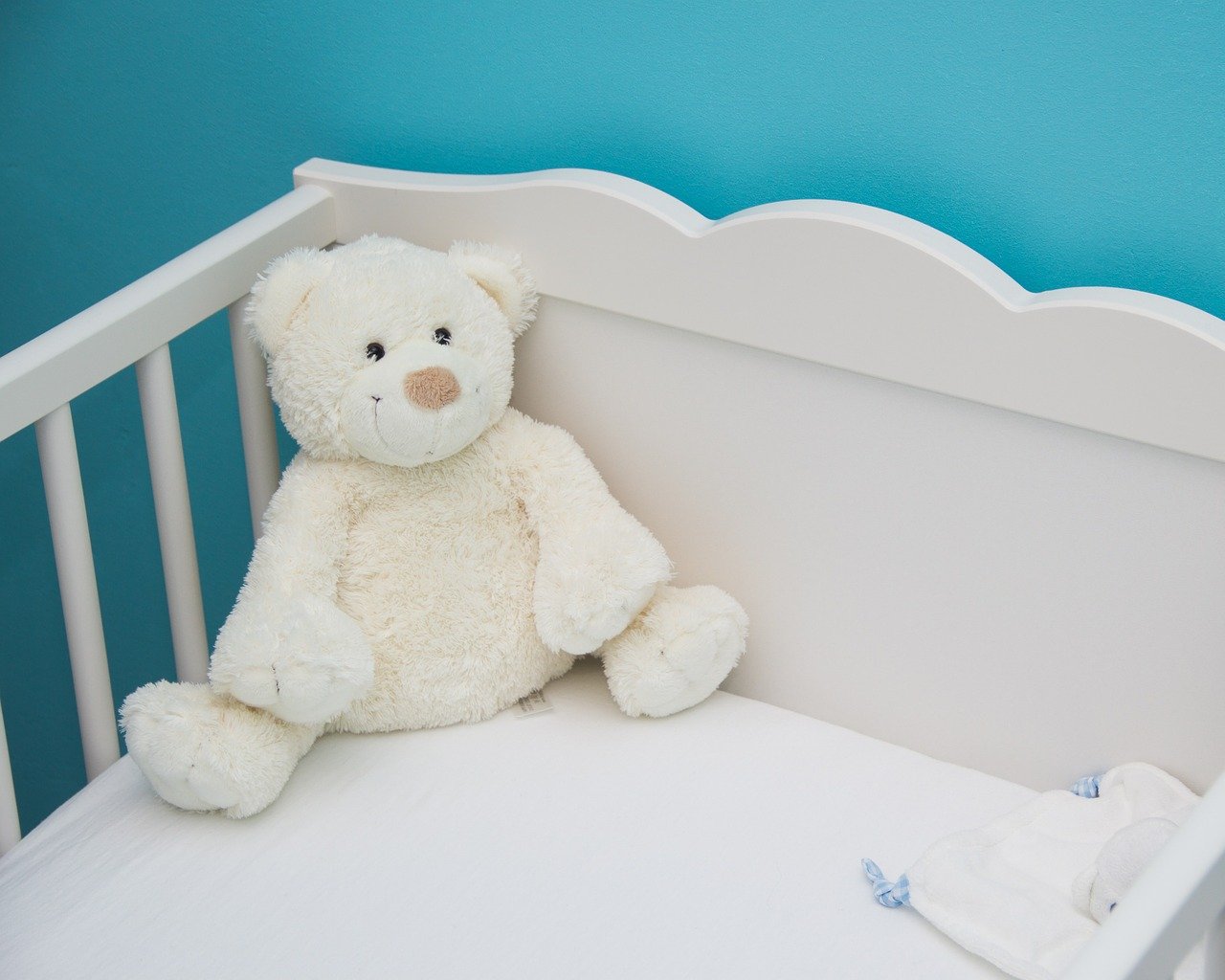
More than 12 million women in the United States now run small businesses, a growing part of which are mothers building companies from home. This steady rise shows how family life and entrepreneurship are blending in ways that felt out of reach decades ago. Today, technology, flexible schedules, and simplified business guidance have made it easier for mothers to start something of their own while caring for their families.
Many moms searching for clear, easy steps now turn to business-formation guides like Stand With Main Street. This resource helps mothers understand the basics of creating an LLC, which gives them more confidence to launch their ideas from their living room tables, kitchen counters, or whatever corner of the house offers a bit of quiet.
The Rise of the Mompreneur
Mother led businesses are growing fast across small towns and suburbs. Some mothers start to earn extra income. Others want independence after years in the corporate world. Many simply want to build something meaningful while staying close to their kids. Whatever the reason, mompreneurs now play a visible role in Main Street economies.
The shift comes from changing work culture. Remote work became more common. Online selling tools became easier. Social media offered a free way to reach customers. All of these opened new doors for mothers who wanted flexibility. This helped spark a movement where starting small does not feel risky, it feels practical.
Family Friendly Business Ideas That Work
Many home based business ideas fit a mom’s daily routine. Some require only a laptop and a strong cup of coffee. Others rely on creativity or personal skills. Popular ideas include:
- Freelance digital services, such as writing, design, bookkeeping, or social media management.
- Online teaching or tutoring for children or adults.
- Home baking or small food products sold through local markets or social media.
- Handmade crafts like candles, soaps, prints, or customized items.
- Photography or videography with flexible schedules.
Each idea can be scaled up or down. This gives mothers the power to adjust their work depending on school schedules, nap times, or family needs.
The Strengths Moms Bring to Business
Mothers often take on many roles daily. This creates skills that translate well to entrepreneurship. Strong time management, problem solving under pressure, patience, and empathy help them connect with customers and build trustworthy brands. Many mompreneurs also say motherhood taught them resilience. Small frustrations at work do not shake them as much because they already balance so much at home.
Another advantage is emotional insight. Mothers often build businesses that feel personal and community centered, and this awareness extends to how they protect their families online. For helpful guidance on safeguarding digital presence, many mothers read resources like this online reputation management guide for families, which supports their efforts both at home and in business.
How Simplified Guidance Helps Mompreneurs Grow
Clear, easy to follow instructions remove fear for first time business owners. This is where a resource like Stand With Main Street appears again during a mother’s journey. Many moms say simple explanations about forming an LLC help them avoid mistakes and save money. They want security and legitimacy, and step by step guidance supports those goals.
Once the basics are in place, mothers can focus on branding, customer service, and building steady income. They learn how to set prices, create digital marketing plans, and organize tasks. This is the stage where many mompreneurs gain confidence. They move from an idea to a stable routine where home life and business life work together.
The Future of Mom Led Small Businesses
Communities benefit when mothers turn their skills into businesses. Local markets expand. New products enter neighborhoods. Service options grow. When mothers succeed, they inspire others, which encourages even more small scale entrepreneurship.
The trend shows no sign of slowing down. More mothers continue to choose flexible work over traditional office paths. With accessible tools, supportive communities, and guidance from places like Stand With Main Street, mompreneurs are shaping the next chapter of Main Street business culture.
Conclusion
Mothers across the country are proving that living rooms, kitchens, or quiet corners can become launchpads for strong and creative businesses. With determination and guidance from resources like Stand With Main Street, these women are building income, independence, and community impact. Their rise marks a shift in how families work and how small businesses grow. The story of mompreneurs is just beginning, and their influence will continue to reach Main Streets everywhere.


 Motherhood is a powerful and deeply personal experience. Across different cultures, clothing has helped tell this story. In Chinese culture, traditional Chinese women’s clothing (source: vêtements traditionnels Chinois femme) reflects both grace and strength—two qualities that define many mothers. Whether it’s a flowing hanfu or a carefully embroidered qipao, these garments carry meaning that goes beyond style. They speak of care, sacrifice, dignity, and the quiet strength of women who raise generations.
Motherhood is a powerful and deeply personal experience. Across different cultures, clothing has helped tell this story. In Chinese culture, traditional Chinese women’s clothing (source: vêtements traditionnels Chinois femme) reflects both grace and strength—two qualities that define many mothers. Whether it’s a flowing hanfu or a carefully embroidered qipao, these garments carry meaning that goes beyond style. They speak of care, sacrifice, dignity, and the quiet strength of women who raise generations.


 Motherhood is a full-time job that comes with its own set of challenges. When you add the task of removing and rearranging furniture, it can seem overwhelming. Whether you’re moving to a new home or simply refreshing your living space, balancing these responsibilities requires planning, patience, and some creativity.
Motherhood is a full-time job that comes with its own set of challenges. When you add the task of removing and rearranging furniture, it can seem overwhelming. Whether you’re moving to a new home or simply refreshing your living space, balancing these responsibilities requires planning, patience, and some creativity. Teaching kids the value of keeping the home scratch-free or simply telling them to Unscratchthesurface goes beyond just maintaining a neat space. It’s about instilling respect for their surroundings and understanding the effort it takes to build a comfortable home. This journey doesn’t require strict rules or complex strategies but a
Teaching kids the value of keeping the home scratch-free or simply telling them to Unscratchthesurface goes beyond just maintaining a neat space. It’s about instilling respect for their surroundings and understanding the effort it takes to build a comfortable home. This journey doesn’t require strict rules or complex strategies but a 

 Navigating the intricacies of motherhood while working in high-risk, hazardous environments presents a unique set of challenges that Haz-Ed addresses. Women around the globe are breaking stereotypes and venturing into professions that were once dominated by men. From oil rig workers and miners to firefighters and military personnel, mothers are making their mark and proving that resilience and strength define their journey.
Navigating the intricacies of motherhood while working in high-risk, hazardous environments presents a unique set of challenges that Haz-Ed addresses. Women around the globe are breaking stereotypes and venturing into professions that were once dominated by men. From oil rig workers and miners to firefighters and military personnel, mothers are making their mark and proving that resilience and strength define their journey.




